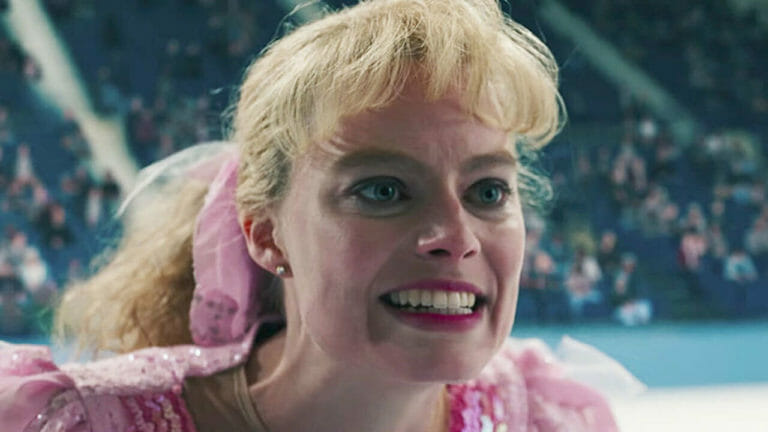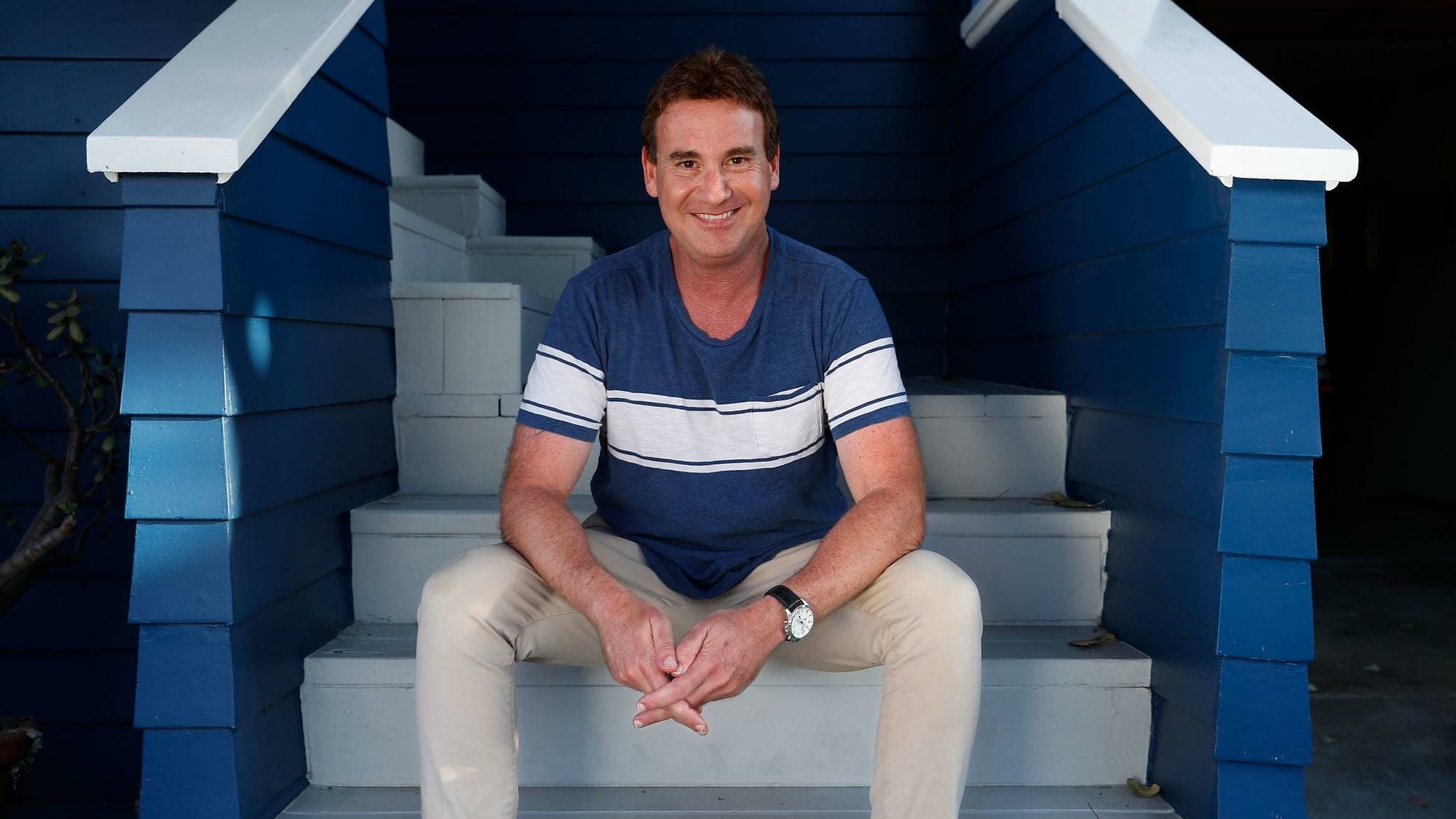By Shanee Edwards · December 21, 2017

The Hollywood Roosevelt Hotel, Dec. 5 —
Based on the 1994 figure skating scandal involving Tonya Harding and Nancy Kerrigan, I, Tonya is the all-American story of a white trash girl with Olympic dreams. Steven Rogers’ screenplay first landed on the 2016 Blacklist and won the 2016 Hit List before being acquired by actress and producer Margot Robbie’s production company, Lucky Chap. It’s now shortlisted for numerous awards including three Golden Globes nominations, but getting to this moment has taken as much cunning, moxie and risk-taking as ascribed to Harding herself. Here’s what we can learn from Steven Rogers’ journey.
 1. Don’t be afraid to reinvent yourself.
1. Don’t be afraid to reinvent yourself.Hollywood is fickle. Though romantic comedies ruled the cinemas in the 1980s and 90s, they’ve been in serious decline as R-rated comedies have taken their place. Screenwriter Steven Rogers knows this well. Famous for Hope Floats, Kate & Leopold and Step Mom, he really wanted to change things up.
“I had just written a Christmas movie and I wanted to write something wasn’t a Christmas movie.”
He felt pigeonholed, so he took a risk at switching from the rom/com genre to an edgy, indie biopic.
“I really got out of my comfort zone in a lot of ways. I just was not as fear-driven as I had been before. I couldn’t be, I was too busy. I had to just do certain things. It gave me a confidence I never had before.”
Even if you’re still trying to get your career off the ground, don’t be afraid to shake things up. If you’ve spent the last few years writing comedies and you’re not getting anywhere, try something new like a modern-day Western like Three Billboards Outside Ebbing, Missouri or an adult fairytale like The Shape of Water.
Rogers just happened to watch the Tonya Harding episode of ESPN’s documentary series 30 for 30 with his niece when inspiration struck. Here was a truly American story of ambition, class and violence. This story was something very different than he was used to writing. Sometimes the best stories come from the most unexpected places.
It seemed like a long shot, but after visiting Harding’s website and finding a phone number for her agent, Rogers called the number. The person who answered the call was not the agent, however, but the front desk of a Motel 6 where the “agent” was living. “I just thought, I’m so in!” Says Rogers. Every now and then, opportunity can be just nine digits away.
In general, don’t ever put up your own money for something, especially without a director, producer or studio attached. But, in this case, it made sense for Rogers.
“No one was paying me, it was a spec script,” says Rogers, but Harding was incredibly cautious about getting involved. He knew a few thousand dollars would get her on board with the hope of more cash down the line if the film got made. It worked. She opened up to him. Later, he tracked down her ex-husband, Jeff Gillooly, and got him to share his side of the story as well. The possibility of a movie was coming together.
When writing a screenplay, goal number one is to tell an entertaining story. So when Rogers spoke to Harding, Gillooly and Shawn Eckardt, Harding’s ex-bodyguard who helped Gallooly orchestrate an attack on Nancy Kerrigan, he was struck by how differently each person recounted the same event.
“When I interviewed them, their stories were so wildly contradictory, I thought, well, that’s my way in. I’ll tell everyone’s point of view and let the audience decide what’s what. Because I’ll never really know what’s true.”
The movie suggests that Harding did not know about the planned attack on Kerrigan. At least, that’s what she told Rogers. So when we asked Rogers if he believed her, he said, “It depends on the day. But at a certain point, I didn’t care. Because that’s not what I was trying to do. In fact, it was the opposite. These are the things that people tell themselves in order to live with themselves. Tonya said, ‘Nothing is my fault,’ and Jeff said he never hit her.”
Perhaps the most intriguing character in the whole movie is LaVona, Harding’s abusive mother, played by Allison Janney. Her cool, cruel demeanor steals the show. Casting Janney was no accident.
“I wrote the part of LaVona, Tonya’s mother, specifically for Allison Janney. I’ve known her since I was 17-years old. We studied acting together at the Neighborhood Playhouse in New York. I’ve always known how good she is.”
Rogers claims he’s written roles for Janney before, but for one reason or another, she was never able to play them. But because this was a spec script that gained a lot of heat, “I was able to say, ‘Allison Janney is playing the part I wrote for her and I want it in writing or it’s a deal breaker.’”
Though the real LaVona never smoked, Rogers wanted Janney’s LaVona to smoke like a chimney. But the cigarette smoke posed a problem in the scenes where LaVona was with her pet bird.
“When the bird was on her shoulder, they said, ‘Oh, you can’t smoke around the bird or you’ll kill it.’”
But the director, Craig Gillespie, thought it didn’t make sense to suddenly have the chain-smoker without her cigs.
Rogers says it was Janney who solved the problem. Janney suggested that after years of smoking, LaVona probably had Emphysema and she should be on oxygen.
“Within minutes, the prop guys found the oxygen. She had chosen the bird, Little Man, because it was very docile and just sat there. But once she had the tubing that went from her nose to the oxygen tank, the bird couldn’t get enough of the tubing. Talk about a ham!”
The scenes with the bird are some of the funniest in the film.
I, Tonya is currently playing in theaters.
For all the latest from The Script Lab, be sure to follow us on Twitter, Facebook, and Instagram.